Welcome to the ultimate guide on “How to Start a Blog for Free”! This hands-on tutorial caters to all inspiring wordsmiths eager to carve their niche in the vast blogging universe. 🧠 😤
Blogging is more than words; it’s about connecting with a target audience, sharing experiences, ideas, and knowledge. Whether you’re a tech enthusiast, fashion lover, food critic, or an ardent traveler, there’s a spot for everyone. And the best part? You can kick-start this exciting journey without spending a dime! 🧨
By harnessing platforms like WordPress, anyone can set a professional-looking blog for free. Here are a few essential steps to help you get off the ground:
- Choose a catchy, relevant blog name
- Select the ideal blogging platform – WordPress is our top recommendation.
- Customize your blog with engaging, aesthetically pleasing themes.
- Draft and publish your inaugural post.

Pave the way for a successful blogging venture with Plerdy – an efficient tool designed for Conversion Rate Optimization (CRO) & User Experience (UX). Plerdy helps to turn your blog into a magnetic hub, attracting visitors and encouraging them to stick around, potentially boosting your referrals.
Ready to give life to your blog? Let’s delve in!?
Understanding the Blogosphere
Welcome to the blogosphere, a bustling digital city of shared knowledge, opinions, and experiences. A blog is a type of website where individuals or groups can regularly publish content on various topics. It’s the modern iteration of a diary, but rather than keeping your entries under lock and key, they’re broadcast for anyone to enjoy. There’s a spot for everyone in the blogosphere, from foodies sharing succulent recipes to tech gurus decoding the latest gadgets.
Why Embark on the Blogging Journey?
Commencing a blogging journey isn’t just a pastime. It’s an avenue to voice your opinions, nurture creativity, and dive deep into your passions. Picture yourself as a music enthusiast; you could kick off a blog discussing various genres, critiquing albums, or showcasing emerging artists. Similarly, a small business owner might launch a blog on their website detailing their product’s uses, providing helpful tips, or even sharing the story behind their brand.
Turning Passion into Profit: Blog Monetization
Now, here’s a fascinating twist – your blog can serve as a steady income stream. This revenue-generating potential is one of the many reasons individuals and businesses delve into the blogging universe. Below are some ways you can turn your blogging endeavor into a financial reward:
- Ad Revenue: Hosting ads on your blog, particularly via services like Google AdSense, can bring in passive income as your audience grows.
- Affiliate Marketing: Recommending products related to your blog’s content and earning a commission from each resulting sale is an effective method to monetize your blogging efforts.
- Sponsored Content: As your blog gains traction, brands might approach you for sponsored posts that showcase their products or services, offering you payment in return.
- Selling Products or Services: A blog can also double as a virtual storefront. Whether it’s an eBook, online course, or physical merchandise, you can sell directly to your readers.
- Membership Fees: If your content provides exceptional value, you might consider offering premium content for a subscription fee.
The Allure of Free Blogging Platforms
Breaking into the blogosphere doesn’t necessarily require an investment. Platforms such as WordPress offer free options that make it easier for beginners to get their feet wet. These platforms let anyone build, customise, and maintain a blog. They eliminate barriers, making the prospect of starting your own blog less daunting and more accessible.
Stepping into the world of blogging means embracing a platform to express, connect, and possibly generate income. The blogosphere is for hobbyists, entrepreneurs, and thinkers.
Join Plerdy Affiliate Program
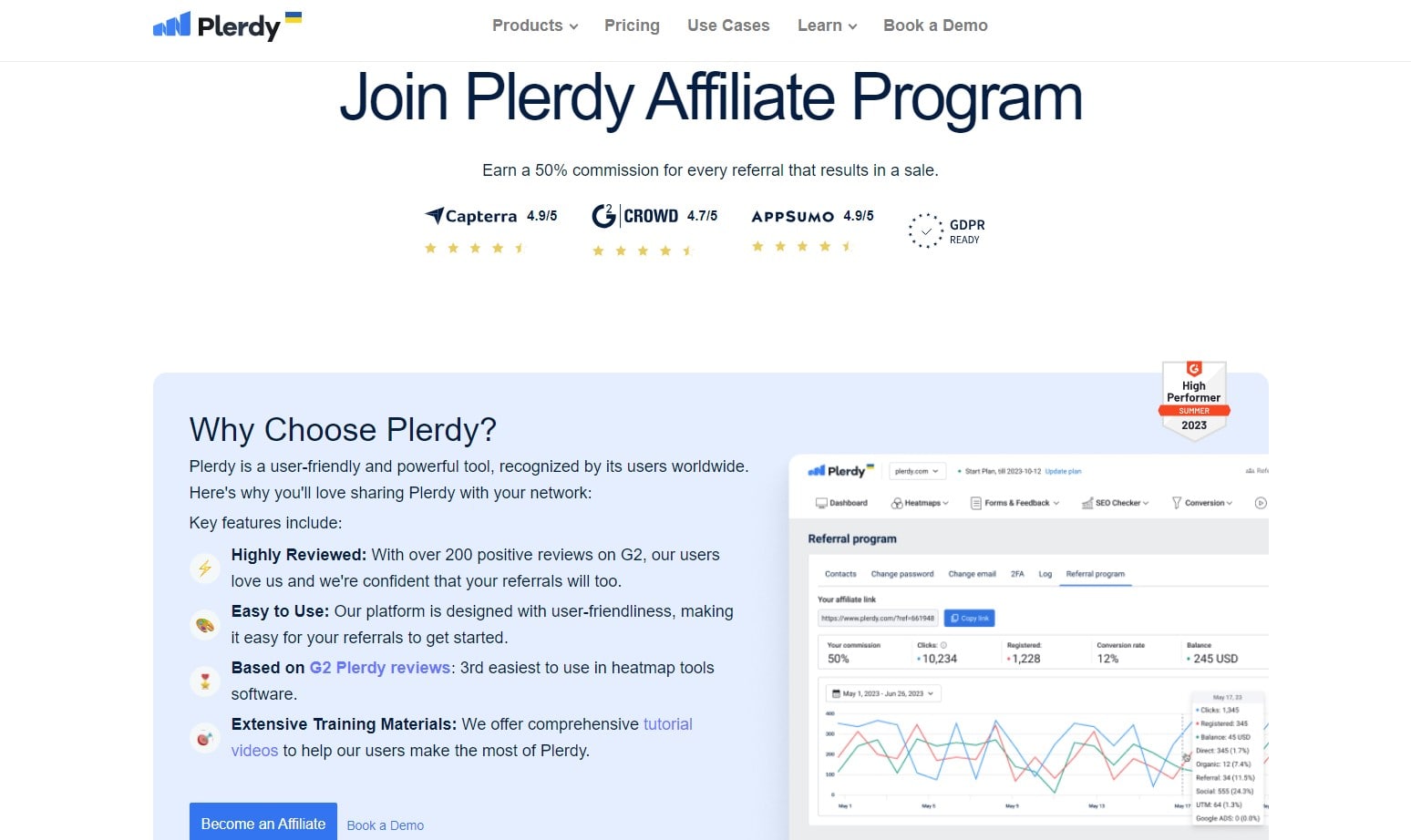
Unlock your potential as a digital entrepreneur by joining Plerdy’s Affiliate Program – a golden opportunity for all website owners and WordPress bloggers.
Plerdy, a user-friendly software praised by over 200 positive reviews on G2, promises not just a robust tool for your website but also a chance to earn through each successful referral. The process is hassle-free – simply sign up and share Plerdy within your network via your unique referral link. Every referral resulting in a sale rewards you with a 50% commission!
Why Plerdy?
- Highly recommended with an excess of 200 applauds on G2.
- User-oriented design for effortless adoption.
- Ranked third for heatmaps on G2.
- Ample tutorial videos to make the most of Plerdy.
Additionally, Plerdy equips you with ready-to-use marketing assets, including banners of various sizes that seize attention instantly. Just download the materials and start sharing!
Below are some suggestions to maximize your earnings quickly:
- Freelancing Platforms: Add your referral link to your Upwork or Fiverr profiles.
- Blog Articles: Incorporate your referral link in related blog articles about Plerdy, top heatmap tools, or website optimization guides.
- For Agencies: Offer Plerdy to your clients by sharing your referral link.
- Email Signature: Use your referral link in your email signature.
Remember, relevance is key. Share your link with audiences that would find value in Plerdy for the highest success rate.
Plerdy Affiliate Program opens up an excellent avenue for passive income. With an average purchase price of $80, each successful referral brings you $40. If you refer 10 customers, you stand to earn $400, and with 100 customers, it’s a whopping $4,000.
Why wait? Join the Plerdy Affiliate Program and tap into a wealth of opportunities today!
Pre-Planning Stage
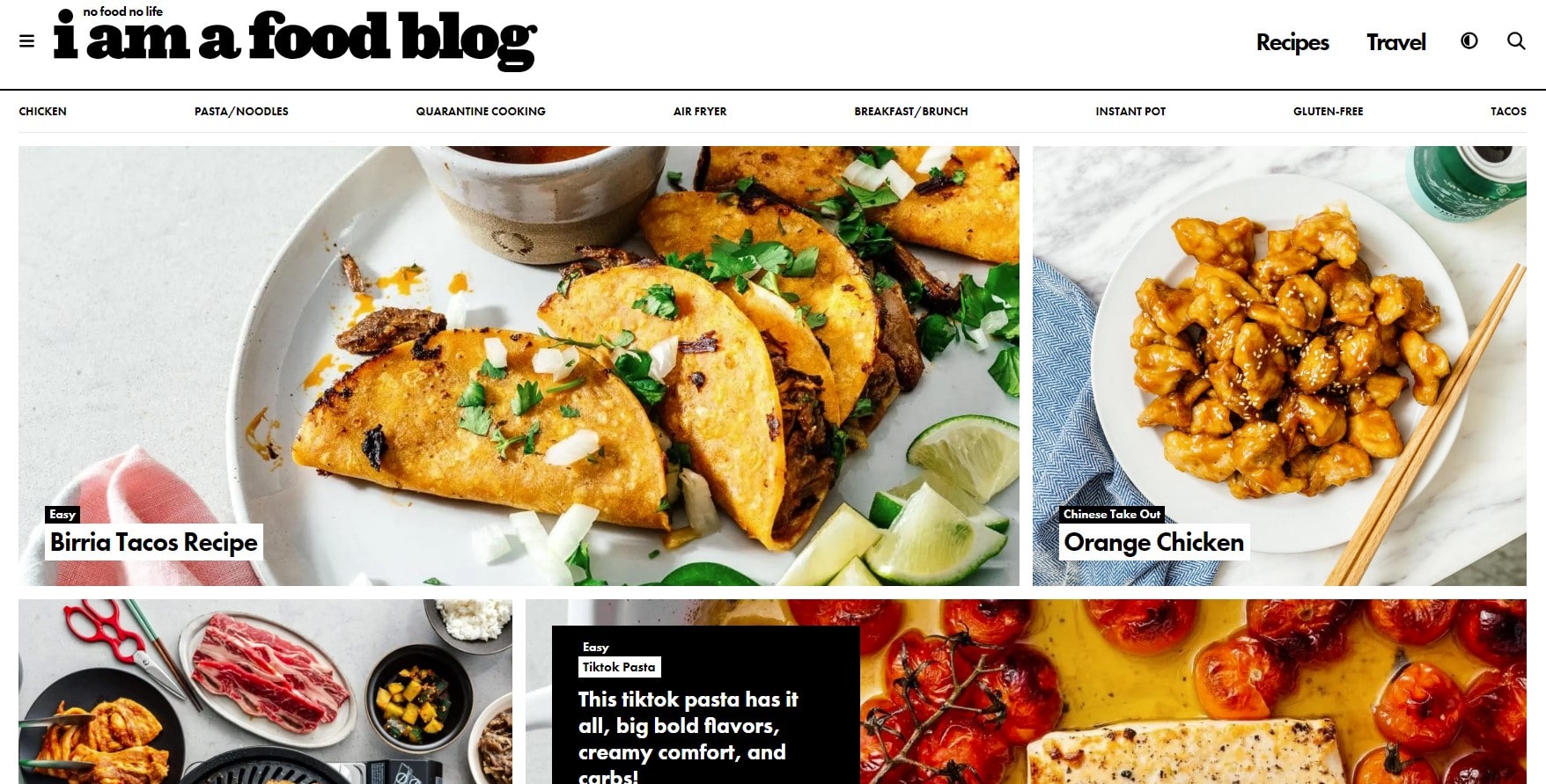
Deciphering the Purpose of Your Blog
Starting a blog requires identifying its objective. Establishing a clear purpose provides direction, acting as a compass guiding your content creation process. Are you hoping to share your knowledge about fitness and health? Or, maybe, you aspire to document your travel adventures. Perhaps you want to use your blog as a platform to promote your handmade jewelry business. Every blog has its mission, and understanding yours is the key to creating a successful, engaging blog.
Getting Acquainted with Your Audience
Next on your blogging roadmap is getting to know your audience – a crucial stage in the blogging cycle. A clear understanding of your audience helps you craft content that resonates, leading to higher engagement. If you’re creating a vegan recipe blog, your audience may include plant-based eaters. Understanding their preferences – what kind of recipes they’re searching for, their cooking skill levels, their nutritional concerns – can help shape your content, ensuring it hits the mark.
Carving Out Your Blog’s Niche
Lastly, but most importantly, is identifying your blog’s niche. Your niche is the specific focus or topic of your blog. It’s the corner of the internet your blog inhabits, distinguishing it from the multitude of other blogs out there. A well-defined niche can be a significant factor in your blog’s success.
Consider this: You’ve decided to start a blog about gardening. But gardening is a broad field. To carve out a niche, you might focus on organic gardening for urban spaces, or cultivating medicinal herbs, or propagating succulents. Pinpointing a niche allows you to:
- Stand out in the sea of blogs
- Target a specific audience more effectively
- Become an authority on a specific topic
Blogging is an evolving process, which is one of its benefits. As you grow and change, so can your blog. The blog you start today on a free platform like WordPress could very well grow into a comprehensive website, reaching and influencing many. Understanding your blog’s goal, audience, and niche helps you create, adapt, and succeed in the changing blogging industry.
Surveying the Landscape: Free Blogging Platforms
Free blogging platforms are available for beginners. Each comes with its unique perks and capabilities, designed to make your blogging journey smooth and enjoyable. WordPress is flexible and has a wide range of themes, whereas Blogger, owned by Google, is simple and perfect for novices.
Weighing Features and Limitations: A Comparative Approach
After finding viable platforms, consider their pros and cons.
WordPress
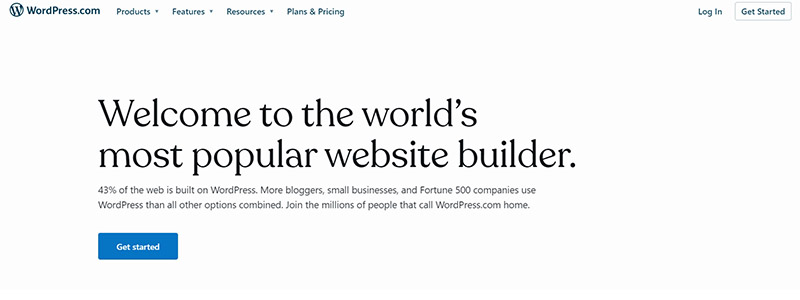
WordPress is a powerhouse in the blogosphere and with good reason. It’s incredibly flexible, with a robust set of features and countless themes that let you shape your blog to match your vision. However, it can be somewhat challenging for beginners to navigate at first, and the free version does have limitations, such as displaying WordPress ads on your blog and limiting customization options.
Blogger

Blogger is a user-friendly (good UX) platform for those new to the blogging scene. Its intuitive design makes setting up a blog a breeze, and being Google-owned, it seamlessly integrates with other Google products. But its simplicity comes with restrictions – there’s less flexibility in terms of design and customization compared to other platforms like WordPress.
Medium

Medium is a platform focused on the writing and reading experience, with a clutter-free interface and a built-in audience. It’s a great choice if you want to focus solely on writing without worrying about UI design aspects. However, you can’t monetize a Medium blog and have less control over your content than WordPress or Blogger.
Sealing the Deal: Selecting Your Ideal Platform
Choosing the right blogging platform or CMS is crucial in setting the stage for your blogging journey. Consider your goals, your tech skill level, and your long-term plans for your blog. If you’re after design flexibility and room to grow, WordPress could be your perfect match. If you prefer simplicity and ease-of-use as you find your blogging stride, Blogger might be the ticket. And if you’re all about sharing your words with a ready audience without fussing over design, Medium could be the answer.
Remember, the platform you choose is merely the springboard for your blog. It’s your unique voice, passion, and consistent effort that will truly make your blog shine.
Kickstarting Your Blogging Journey: Creating Your Account
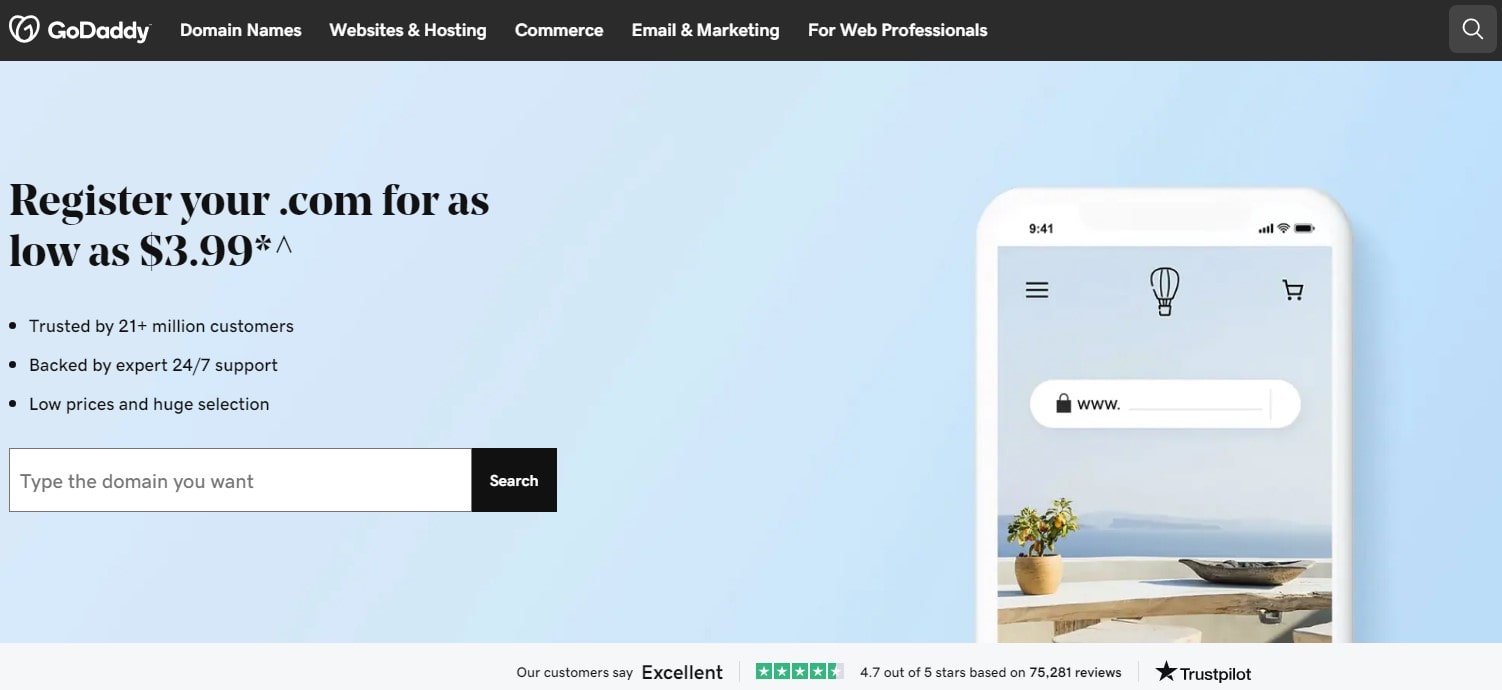
Starting your blog begins with creating an account on your chosen platform. Let’s consider WordPress, one of the most popular and flexible platforms. Signing up is easy with its clear UI and step-by-step instructions. Enter your email address, add a strong password, and you’re all set to begin your blogging adventure.
Crafting an Identity: Choosing a Blog Name and URL
One of the most exciting steps in the blogging process is choosing a blog name and URL. This is the identity you’ll project into the digital universe – it’s how your audience will find you and remember you. Your blog’s name should resonate with your niche and reflect the essence of what your blog is about. For instance, if you’re a fitness enthusiast blogging about at-home workouts, you might choose a name like “FitFromHome.” Your URL, or your web address, typically matches your blog name for consistency and easy discovery.
Navigating Your Blogging Base: The Dashboard
Getting familiar with your dashboard is essential in setting up your blog. Your dashboard is the command center of your blog – the place from where you control all aspects of your blog. It’s where you create and manage your posts, add images, manage comments, and more. In WordPress is well-organized and easy to navigate with a little practice.
Giving Your Blog a Visual Identity: Selecting a Theme
A blog theme dictates the look and feel of your blog. It’s the visual template that shapes your blog’s aesthetic. WordPress offers an extensive library of free themes, catering to a wide of tastes and styles. Whether you’re after a minimalist design for your poetry blog or a vibrant, image-heavy theme for your travel adventures, you’ll find a theme that complements your content.
Putting Your Personal Stamp: Customizing Your Blog
After selecting a theme, it’s time to personalize UX design it to your liking. WordPress allows to customize HTML, CSS and various aspects of your chosen theme:
- Header and footer: The header typically includes your blog name and tagline, while the footer often contains links, disclaimers, or social media icons.
- Menu: This helps readers navigate your blog. You can set it up to include categories like “About Me,” “Contact,” or different post categories relevant to your blog’s niche.
- Widgets and plugins: You can add elements to your blog’s sidebar or footer. Common widgets include search bars, recent posts, social media buttons, or a subscription form.
With these elements customized, your blog takes on a distinct personality – a visual representation of your unique voice.
Starting a blog is a journey brimming with creativity and learning. While it might seem daunting initially, each step brings you closer to sharing a passion with the world. As you embark on this blogging adventure, remember that patience, perseverance, and passion are your best allies. Your blog, started for free on a platform like WordPress, is a reflection of you. With every post you write and every image (with alt) upload, you carve out a special corner in the vast expanse of the internet, reaching out and connecting with people who share your interests. So, take the plunge, start your blog, and let your voice echo across the digital universe.
The Heart of Your Blog: Creating Engaging Content
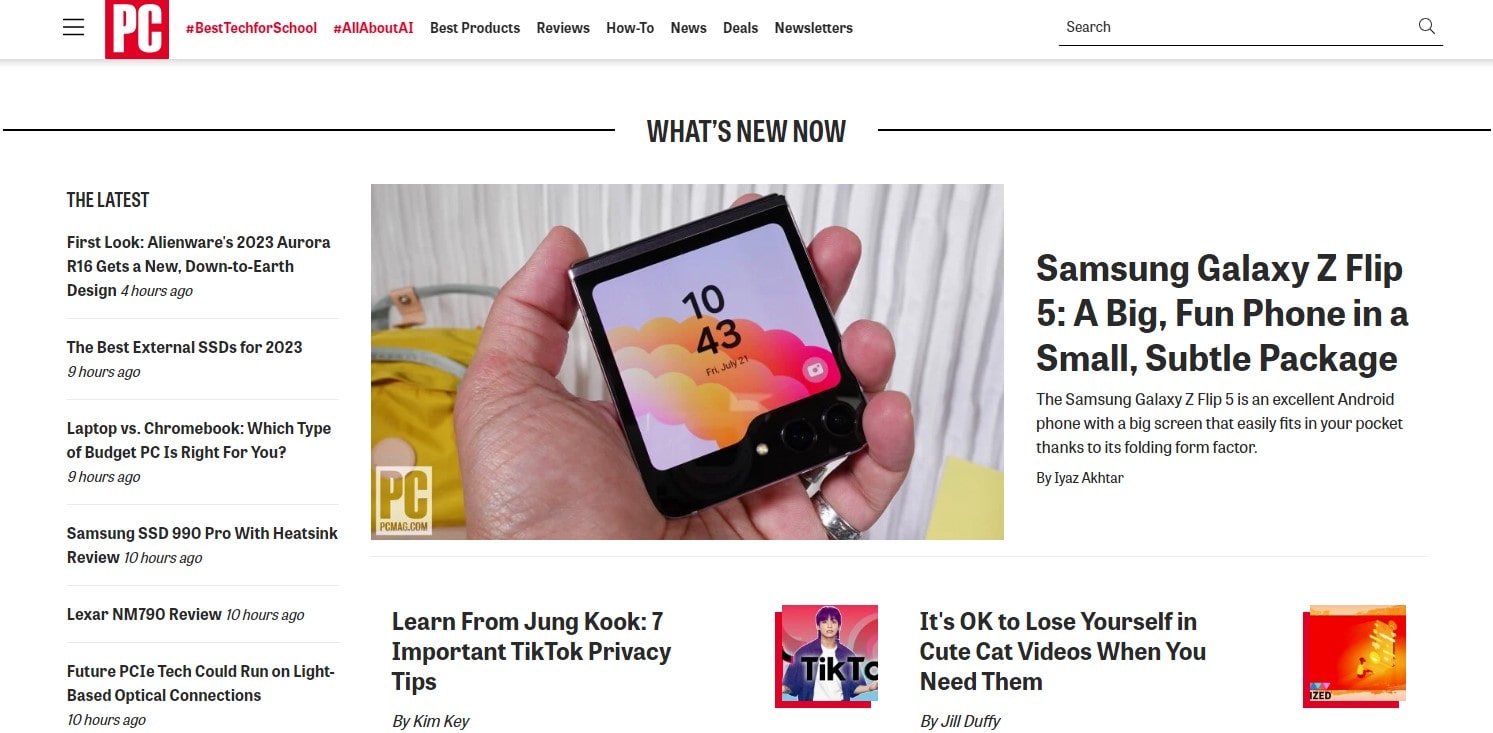
Your content—stories, thoughts, and expertise—is your blog. Starting a blog requires writing in a way that engages, resonates, and draws people back. Writing intriguing content:
- Know your audience: Understanding the interests, needs, and challenges of your audience lays the foundation for compelling content. A travel blogger, for instance, should provide insights beyond just the beautiful vistas; include travel tips, cultural anecdotes, and local hidden gems.
- Keep it authentic: Let your unique voice shine through in your writing. Your perspective, your tone, your experiences set your blog apart in a sea of content.
- Make it valuable: Whether it’s a DIY tutorial, a thoughtful opinion piece, or a delicious recipe, your content should offer value to your audience.
The Art of Being Found: Incorporating SEO Strategies
Incorporating SEO strategies into your blog helps your content reach a target audience in Google SERPs. Without diving deep into SEO tactics, here are a few straightforward strategies to ensure your blog gets noticed:
- Keywords: These are the words and phrases your potential audience types into a search engine. A food blogger might use keywords like “vegan banana bread recipe” or “easy weeknight dinners.”
- Meta descriptions: These are brief summaries of your blog post that appear under your title in search engine results. They should be concise, engaging, and include your primary keyword.
- Alt tags for images: These are descriptions for your images, which help search engines understand the content of your images.
Captivate with Visuals: Adding Media to Your Post
Including media – images, videos, infographics – enhances your blog posts, making them more engaging. Here are a few tips for adding media to blog:
- High-quality images: Grainy, blurry images can detract from your content. Ensure your images are crisp, clear, and relevant to your post.
- Keep it original: Original photos or graphics add authenticity to your blog. If that’s not possible, there are numerous online resources for free, high-quality stock photos.
- Mind the size: Large media files can slow down your website’s load time, which can affect your SEO and user experience. Optimize your media files to ensure they’re not excessively large.
As you delve into the art of blogging, remember that consistency is key. Regularly posting engaging, high-quality content keeps your audience coming back for more. And while there are many strategies and tactics to help you along the way, at its heart, a blog reflects you – your passion, insights, and unique voice. So go ahead, start that free blog on WordPress, and let your voice resonate in the digital expanse.
Promoting Your Blog
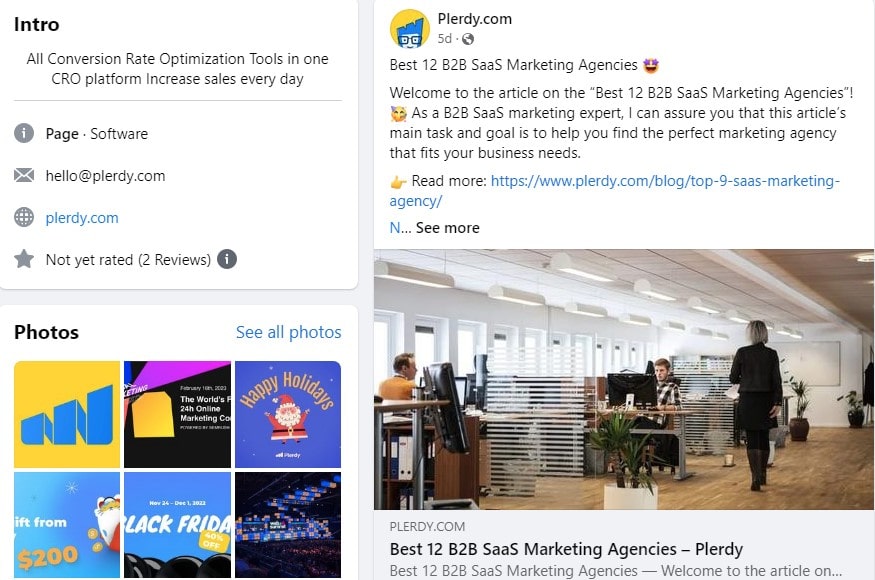
Spreading the Word: Utilizing Social Media
Social platforms provide an excellent avenue to promote blog posts and interact with your audience. Incorporating an SMM strategy can increase your blog’s social users, foster community, and drive traffic to your site. A lifestyle blogger, for example, might leverage Instagram’s visual focus to showcase their home decor tips or healthy recipes. The tactics you can use include:
- Share posts: Whenever you publish a post, share the link on your Facebook, Linkedin, etc, platform. Craft engaging captions to grab attention and compel people to click.
- Engage with your audience: Respond to comments, participate in discussions, and show appreciation for shares and likes. Engagement strengthens your relationship with your audience.
- Post regularly: Consistency matters in social media as much as it does on your blog. Regular posts keep your followers engaged and your blog top-of-mind.
Stay in Touch: Leveraging Email Marketing
Email marketing is a powerful strategy in your blogging toolkit. It helps keep your blog in your readers’ minds, drives repeated visits, and allows you to deliver targeted content directly to individuals who’ve expressed interest. A tech blogger, for instance, could send out a monthly newsletter with highlights from the latest gadget reviews or exclusive interviews. The following methods can make your email marketing efforts more effective:
- Offer a subscription: Make a lead magnet, and make it easy for visitors to subscribe to your blog via email. Each time you publish a new post, they’ll receive a notification, driving regular traffic to this URL.
- Provide exclusive content: Give your subscribers content they can’t get anywhere else. It might be an ebook, a detailed guide, or a special offer. This adds value to your emails and encourages subscriptions.
- Keep it simple: Your emails should be well-designed and engaging. Don’t overwhelm your subscribers with too many emails – quality trumps quantity in email marketing.
Building Relationships: Networking with Other Bloggers
Networking with other bloggers is invaluable. It offers the chance for collaborations, guest posts, and shared promotions. Imagine you run a travel blog and connect with a food blogger; together, you could create content that combines culinary delights with travel adventures. Here are ways you can build your network:
- Engage with their content: Leave meaningful comments on their blog posts, share their content, and engage them in social media discussions. Show genuine interest in their work.
- Collaborate: Propose a joint venture. This could be a guest post, a shared webinar, or a combined giveaway.
- Attend blogger events: This can include online conferences, webinars, and local blogger meetups. Networking in person or virtually gives you a chance to meet and connect with bloggers in your niche.
Social media, email marketing, and networking may transform your blog into a compelling online presence. Blogging is about relationships, communities, and value, not simply content. So, fire up that free WordPress blog and start making your mark on the digital landscape.
Monetizing Your Blog
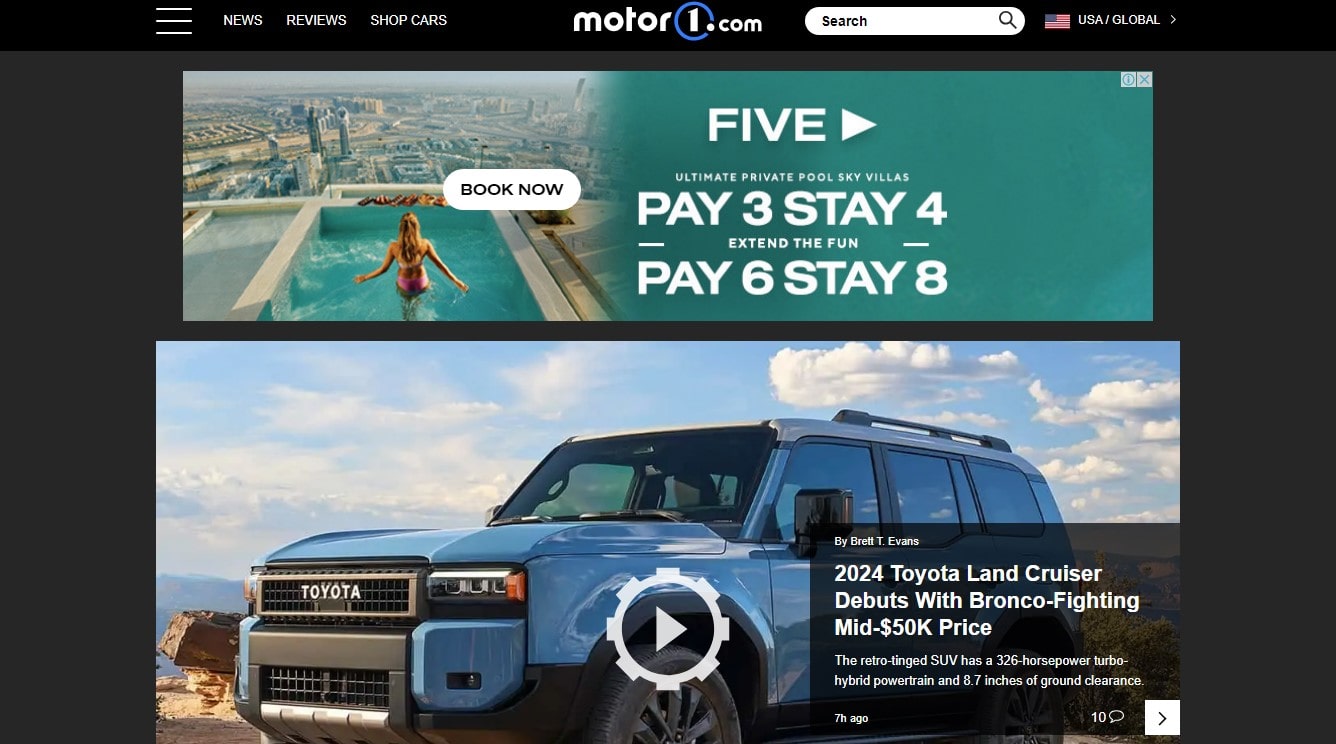
Turning Passion into Profit: Exploring Monetization Options
Making money from your blog can transform your passion project into a viable business. With a free WordPress blog, several monetization options are at your disposal. For instance, a fitness blogger might create and sell workout plans or partner with a health supplement company for affiliate marketing. Here are popular ways to monetize your blog:
- Affiliate marketing (like a Plerdy): Promote tools and earn a 50% commission on each sale made through your referral link. It’s critical to choose affiliate partners that align with your blog’s content and values.
- Sponsored posts: Companies pay you to create posts that feature their products or services. Ensure your content remains authentic and relevant to your audience.
- Selling products or services: Whether it’s an ebook, a course, or coaching services, selling your own products can be profitable.
Staying True to Your Readers: Understanding Blogging Ethics and Disclosure Rules
Transparency is crucial in blogging. Readers appreciate honesty, and failing to disclose certain information can damage your reputation and violate FTC rules. Take a fashion blogger who reviews a free dress. Here are some key points on blogging ethics and disclosures:
- Full disclosure: If you’ve received a product for free or are earning affiliate commission, state it clearly in your post.
- Honest reviews: Always give your honest opinion. Misleading your readers for profit can lead to loss of trust and credibility.
- Privacy policy: Respect the privacy of your readers. If you’re collecting email addresses, ensure you have a privacy policy.
Future-proof Your Blog: Diversifying Your Income Streams
Relying on a single source of income is risky. Diversifying your income helps safeguard your blog against fluctuations and increases your earning potential. A food blogger, for instance, might combine ad revenue, a recipe ebook, and a paid subscription cooking class. Here are ways to diversify your blog’s income:
- Ads: Utilize platforms like Google AdSense to earn money from ad clicks and views.
- Courses and webinars: Use your expertise to teach others. These can be one-time purchases or subscriptions.
- Patreon or membership site: Provide premium content for a monthly fee. This could be early access to blog posts, bonus content, or a community forum.
Monetizing your blog requires strategy, creativity, and a deep audience understanding. By exploring different revenue streams and practicing ethical blogging, you can earn an income from your passion. Remember, blogging is not a get-rich-quick scheme and earns money; it requires patience, persistence. So buckle up and gear up for an exciting journey into the blogging business.
Maintaining and Growing Your Blog
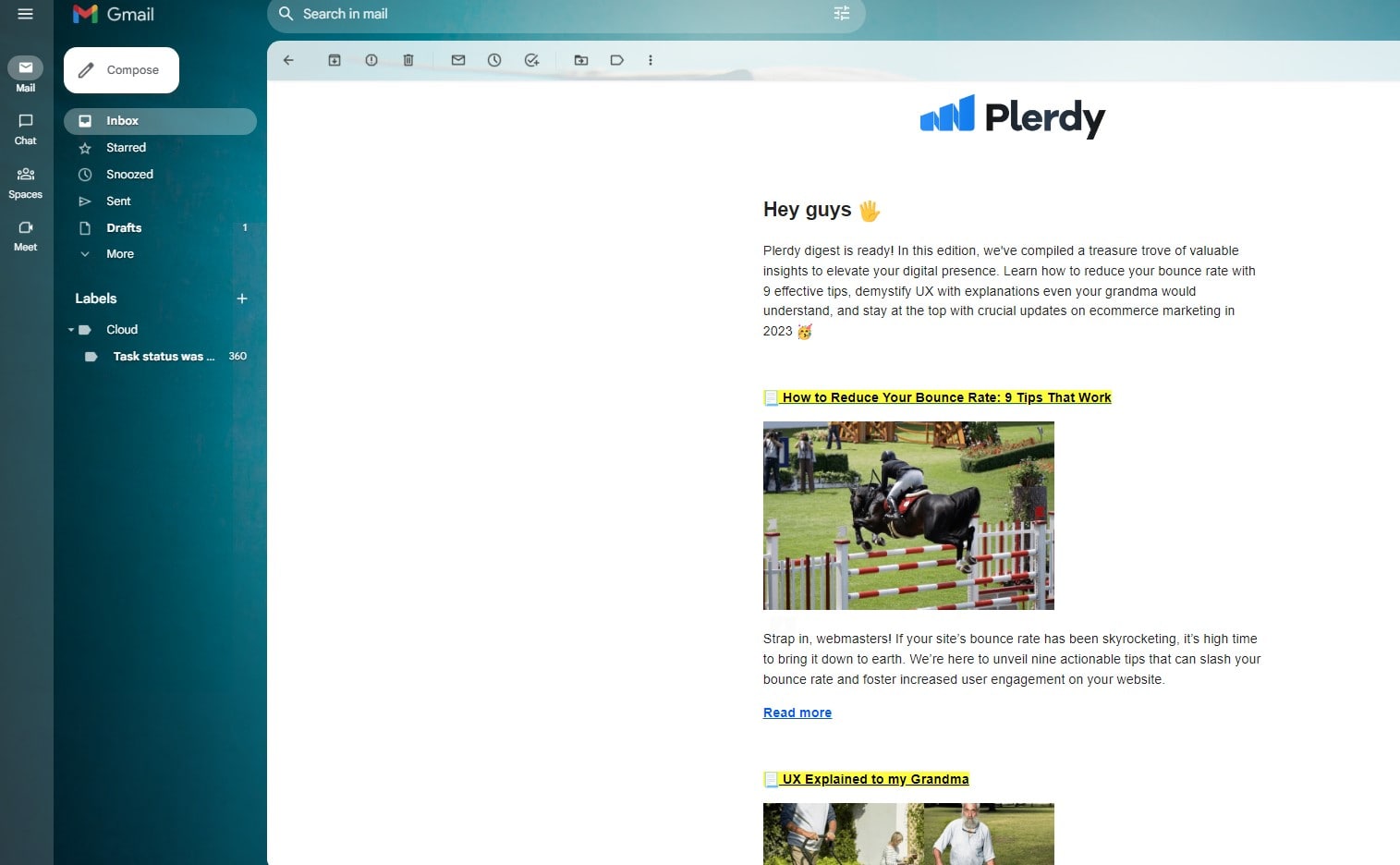
Fueling Your Blog’s Growth: Consistently Updating Your Blog
Consistency breathes life into your blog and strengthens your relationship with readers. It keeps your content fresh and drives steady traffic to your website. For example, a gardening blog might feature weekly tips on seasonal planting, a monthly plant spotlight, and a quarterly garden planning guide. Here’s why consistent blogging is vital:
- Regular Updates: WordPress makes it easy to schedule posts in advance, ensuring your blog is regularly updated.
- Building Trust: Readers appreciate the regularity; it gives them something to anticipate and builds trust.
- SEO Benefits: Although we’re not focusing on SEO, it’s worth noting that regular updates can help search engines recognize your site as active and relevant.
Connecting the Dots: Engaging with Your Readers
Engagement transforms your blog from a monologue into a dialogue. Readers value the interaction, and it fosters a sense of community around your blog. For instance, a travel or recipe blogger might ask followers for suggestions on places to visit or invite them to share their travel experiences. Here’s how to enhance engagement:
- Comments Section: Enable comments on your WordPress blog posts. Respond to reader’s comments to encourage further conversation.
- Social Media: Use platforms like Linkedin and Facebook to share blog updates and post behind-the-scenes content.
- Email Newsletters: Regular email updates keep readers in the loop and can feature exclusive content, personal stories, or previews of upcoming blog posts.
Powering Ahead: Tracking Your Blog’s Performance
Tracking your blog’s performance helps you understand what resonates with your readers and where improvements can be made. For example, a food blogger could use these metrics to see which recipes are most popular or what cooking tips readers find most useful. Here are some key performance metrics:
- Traffic: Measure the number of visitors to your blog. High traffic indicates that your content is reaching a wide audience.
- Bounce Rate: The percentage of visitors who leave after viewing only one page on a blog. A high % bounce rate of 90% could indicate that your content needs to be more engaging to keep readers on your site.
- Time on Site: How long visitors spend on your blog. More time spent typically means your content is engaging and valuable.
Keeping your blog updated, engaging with readers, and tracking your blog’s performance are pivotal to your blog’s success. Stay focused on delivering valuable content, and your blog will grow and thrive. Every blog engagement and post you write is a step towards blogging success.
Conclusion
And so, our journey through the blogging universe concludes – a comprehensive path that leads to your very own blog with zero costs involved!? We’ve walked you through every essential aspect of launching a cost-free blog – from choosing WordPress as your trusted platform, selecting catchy domain names, right down to publishing your inaugural blog post.
The goal was to equip you with all necessary tools to play in the blogging field competently. And let’s not forget about the pivotal role Plerdy plays – offering a treasure trove of SEO & UX analysis tools to empower your blogging pursuit. Plerdy ensures that your blogging website runs as smoothly as possible, keeping you ahead in the blogging sphere.⚡
Remember, it’s not just about starting a blog for free – delivering value, inspiring conversations, and building a community. The blogging sphere is a vast, ever-expanding cosmos, and we can’t wait to see the mark you’ll leave in it!
In the spirit of an unforgettable blogging journey, let’s give a nod to Plerdy, your essential companion for SEO & UX analysis. Sign up today to keep your blog sparkling with brilliance! ⚡ Let’s make your free blog truly extraordinary!
